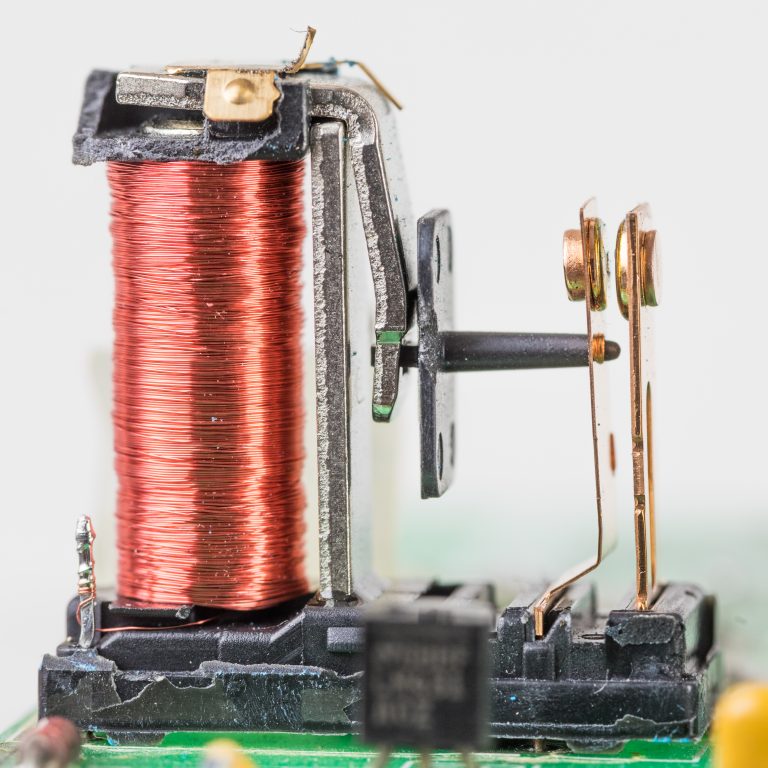A relay is a switch that is activated and deactivated by electricity and is used to control one circuit by opening and closing contacts in another. The magnetic field produced by a current flowing through the relay’s coil activates the switch, allowing electricity to flow through the contact points and complete the circuit. There are different types of relays.
Relays are frequently employed in situations where a circuit needs to be controlled by a separate low-power signal or when multiple circuits need to be managed by a single signal. Relays are frequently used in signal processing, audio equipment, automation and control systems, and automotive systems. Due to their long-term dependability, small size, and low cost, relays have been a staple of electrical systems since the mid-1800s. Find out more at https://th.rs-online.com/web/c/relays-signal-conditioning/.
Different Types of Relays
Relays are electrical parts that can be used in a variety of applications to control electrical circuits. Depending on the use, they come in a wide variety of varieties, each with its own special qualities. Relay can be classified as electro-mechanical, solid-state, reed, latching, or any combination of these.
The earliest kind of relays is electro-mechanical ones, which operate by using an electromagnet to open and close contacts. They are the most cost-effective kind and are frequently employed in low-power applications. To open and close the connections, solid-state relays use semiconductor components. They can be used in more demanding applications that require larger power outputs since they are more durable.
Relay Voltage and Current Ratings
When choosing a suitable relay for a given application, relay voltage and current ratings are crucial criteria to take into account. The maximum voltage that a relay is intended to handle safely is indicated by the voltage rating of the relay. The greatest amount of current that a relay is designed to handle safely is indicated by the current rating of the relay.
When choosing a relay, you should also take the type of contact arrangement, contact material, and contact rating into account in addition to these two ratings. How the electricity is connected and disconnected is determined by the relay’s contact configuration, which can be either typically open, normally closed, single pole, or double pole.
Relays’ Design and Installation Considerations
Relays play a significant role in many electrical systems, so care must be taken in their design and installation. The type of relay to be used, the operating environment, the number of contacts required, the kind of current and voltage that will be utilized with the relay, and the system’s heat dissipation needs are all crucial factors to take into account when building a system utilizing relays. In order to make sure the relay can be adequately accommodated in the system, what should also be taken into account is what size it is physically.
It is crucial to choose a relay type that meets the application’s unique requirements because different types of relays have varied features. In order to guarantee proper relay operation, suitable coil voltage and current must also be considered. Another important aspect is the environment in which the relay is installed. A sealed relay should be utilized if the surrounding air is very dusty in order to keep dust from entering and impairing the relay’s function.
Apart from that, if you are interested to know about What Electrical Contractors Do then visit our Technology category.

